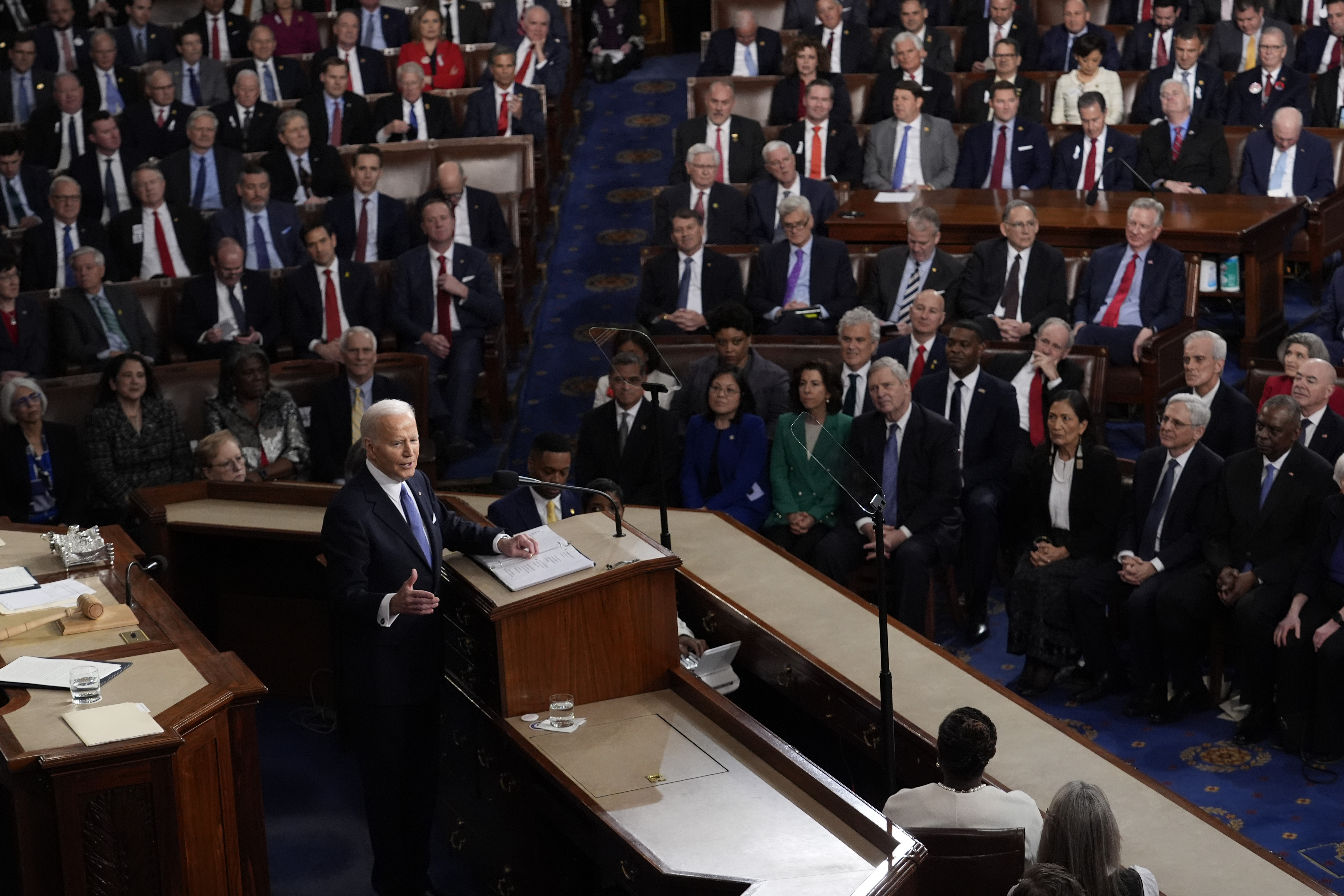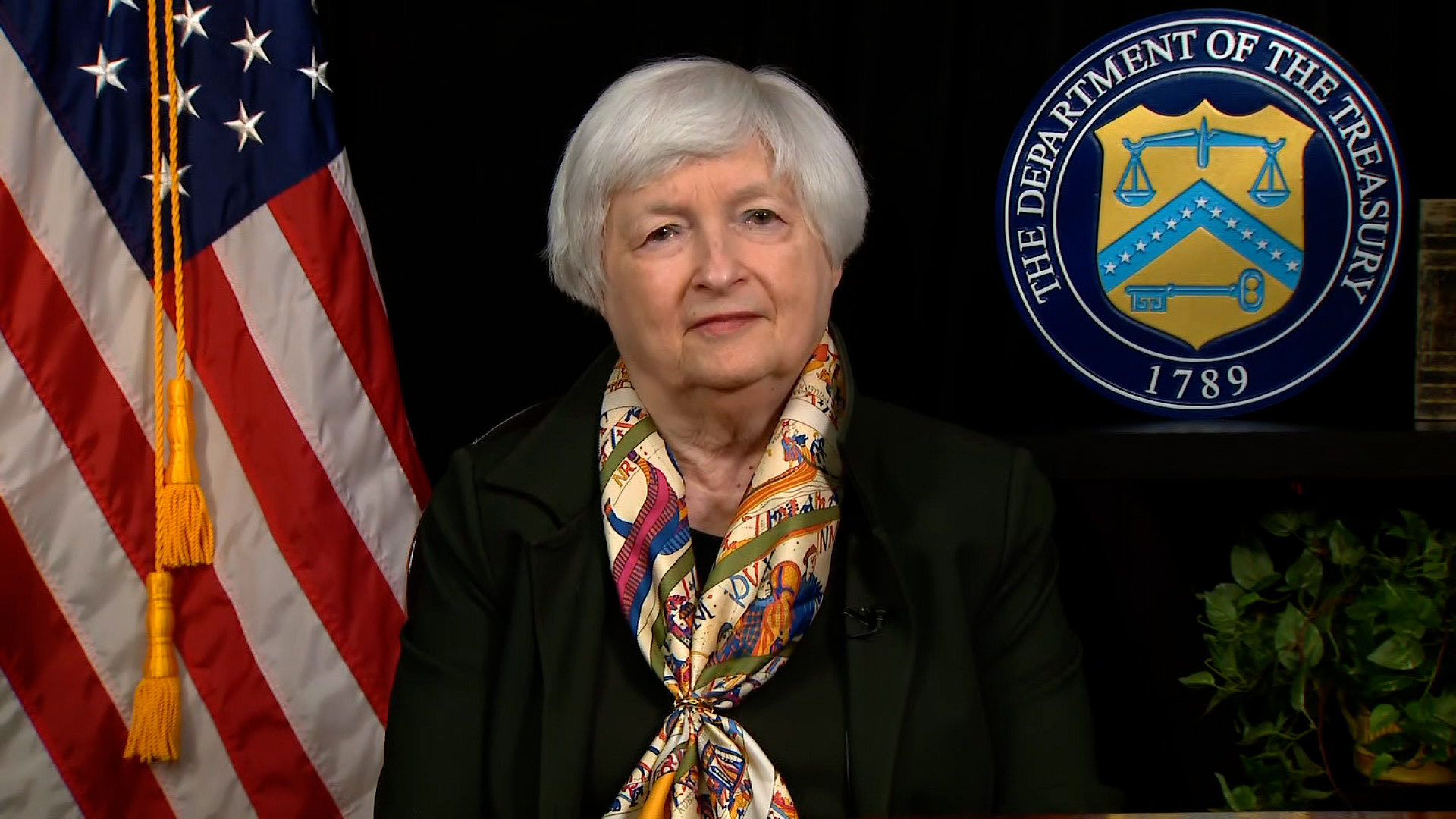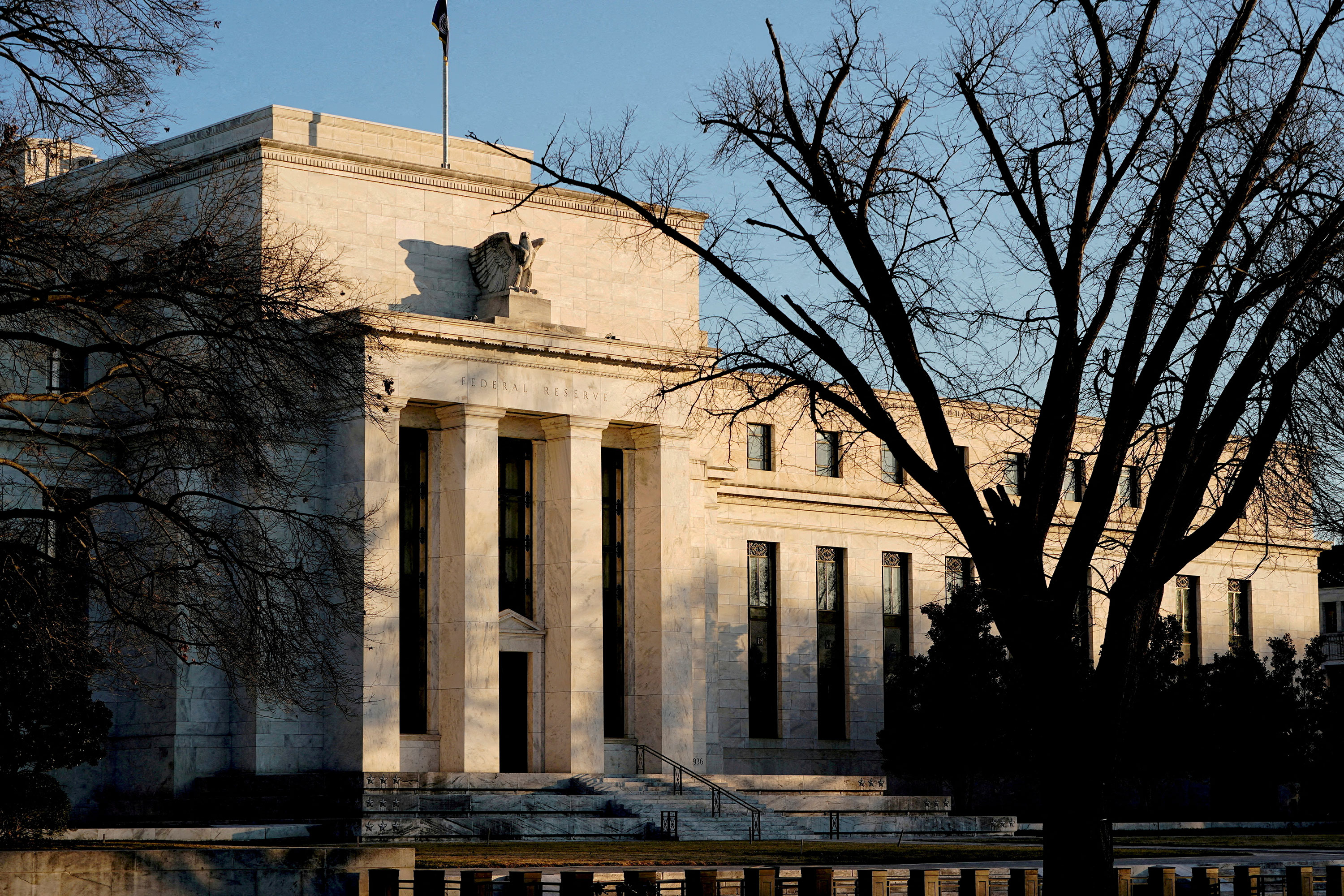The construction industry added an estimated 23,000 jobs in February; however, the pandemic effects still loom large for businesses such as DreamOn Group, a San Antonio, Texas-based developer, general contractor and property management firm.
When Julissa Carielo started the company 18 years ago as Texas Premier Building Contractor Inc., she did so with $75,000 pulled from her 401(k) and two employees. By 2019, the company had grown into a multimillion-dollar firm with 65 employees.
However, those ranks shrank dramatically during the past four years. DreamOn’s current workforce is 35 people in size.
“The Baby Boomers retired; we had way too many retirement parties going on and not enough new folks coming in,” she said. “And we are hiring every single week. Every week, we’re looking for workers, and we cannot find them.”
DreamOn Group is one of many businesses affected by worker shortages in the skilled trades.
DreamOn Group previously had an in-house crew to tackle projects such as demolition, concrete work, interior finishes, drywall and painting. Now, the company is leaning more on subcontractors to complete those tasks.
“That’s how we thought we can try to adjust, but I miss the days where we could send our own crew, because it provides a lot more flexibility,” she said.








